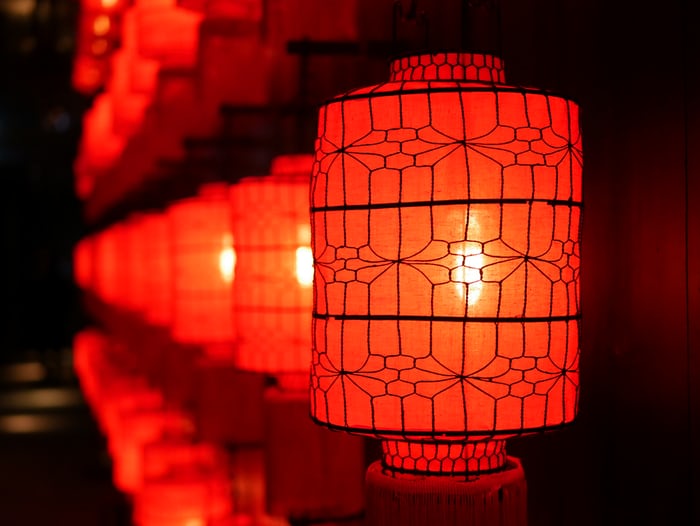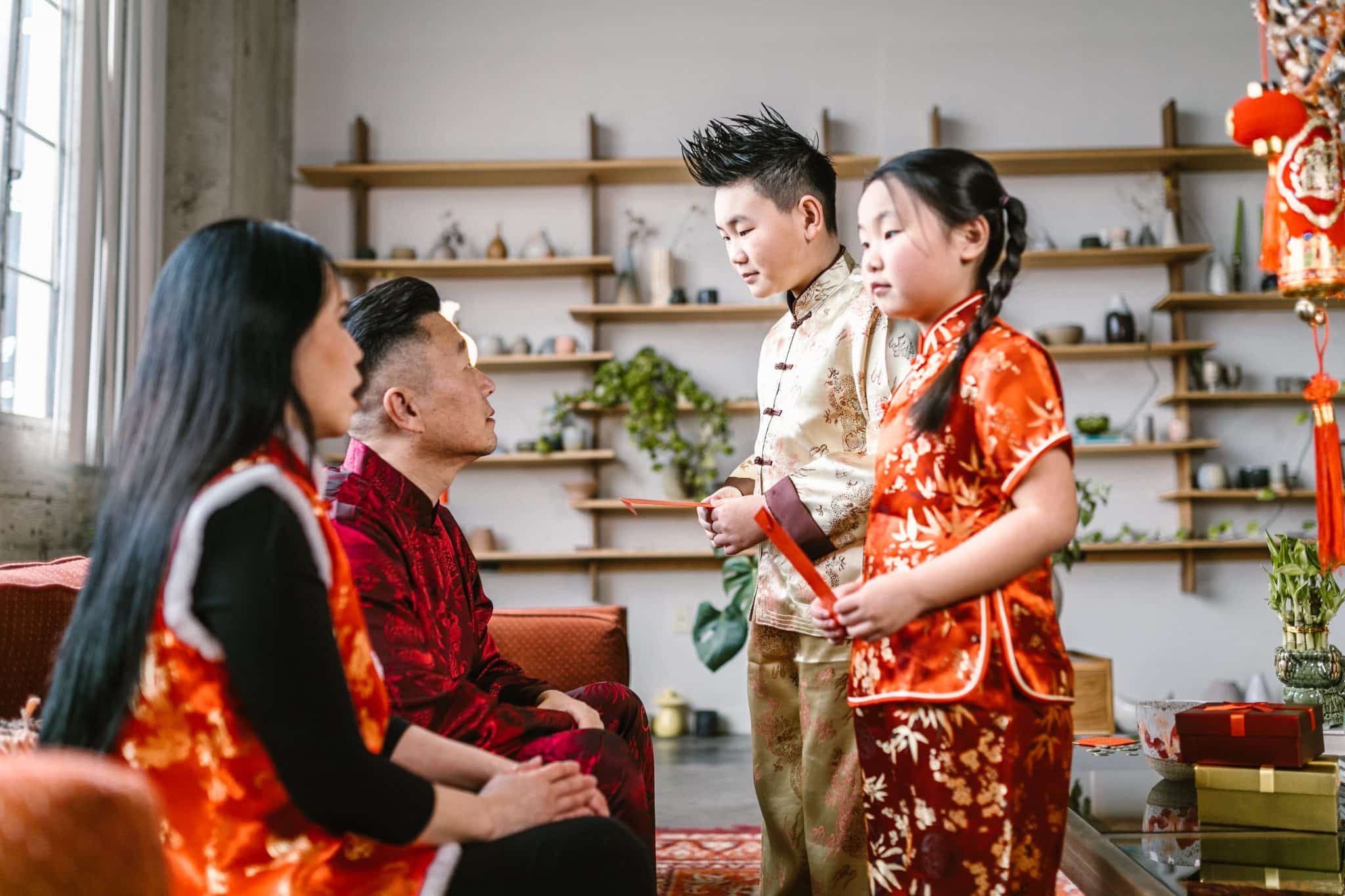When stage 4 means: “This will be her last Chinese New Year”
Emilyn Tan // January 27, 2020, 12:15 am

Photo by Lauza Loistl on Unsplash.
The hospice nurse came and went. It was her first visit, and she gave much wise counsel, including what to expect as the cancer progressed. One of her pointed questions was: “Are you okay to learn to give subcutaneous injections?”
She looked me in the eye. “The pain might get quite bad.”
I was not to avoid what I preferred not to do.
I took it in. The implications were deeper than the detail she offered – that one home hospice nurse takes care of 35 patients, visiting them regularly and monitoring their decline; that she or the doctor on duty would not always be able to come right away in a crisis.
No two ways about it – I would need to do my part.
The dawning of what this meant overshadowed the dread of a single-use syringe and needle. Her care was not a disposable job I could dump on some other person.
I was not to avoid what I preferred not to do.
I was to brace myself to be present to the situation as it evolved, even and especially when it segued beyond morbidity and into death.
The nurse would come and go. I was here to stay.
Pin pricks
It wasn’t always so. This house was not a place in which I wanted to live. It was not my home.
“God with me” (Matthew 1:23) was covenanted, but the communion promised would, in this instance, come about in a life I did not want. The sort of “dwelling with” that God had in mind was not my idea of where and how it should be.
The nurse would come and go. I was here to stay.
Morning, noon and night with an old woman who cared nothing for me and everything for herself? Save it for a rainy day, I railed! I’ll break my own bread and pour out my own wine – elsewhere.
Rain it did. For days that turned into months into a year-and-a-half, salty tears poured out in a never-ending stream. The life I loved was taken from me, and my hands and feet moved into an existence I loathed.
I resented bitterly the injustice of it all, and my heart and soul did not, would not, become a part of the household – notwithstanding the whisper of that longsuffering Voice: “Come and see.” (John 1:39)
Risk factors
A further two years passed. Her heart attack required the high-risk insertion of two stents into the left main artery, and the recovery was delicate and slow.
The fall required eight stitches over a gaping wound on the back of her head. Concussion and delirium lingered long after she had left the hospital, and demanded 24/7 care over a very long month.
I did not love her, or so I thought, but I was compelled to believe He did.
I did my part. God was faithful to do His. (Romans 8:28)
I did not love her, or so I thought, but I was compelled to believe He did. It was a truth I had to come to terms with, along with the identity He had as “our” Father who art in one common Heaven.
Then, the turn of the decade came upon us, marked by a sharp deterioration of her already ill health. Tests and scans were inconclusive, until a PET scan showed one large hot spot in the pancreas and multiple mini-glows in both lungs.
“Stage 4 cancer” was pronounced, and the oncologist said: “This will likely be the last Chinese New Year she sees.”
The “term” in terminal was set at six months, and we were put in touch with a home hospice team for palliative care. What else, really, was one to do with a deadline like 180 days?
Promise keepers
There was no guessing, until a good friend of mine with a pastor’s heart texted: “May the coming days, no matter how long, be special for her and all of you” – italics mine.
The suggestion was inspired, and “special” began with telling her the facts of her condition.
Peace found her not through a superfluity of tentative words about healing, but in the sure knowledge that the end was near.
The long sigh she let out belied the relief she felt. Finally, here was a conceivable notion, a plausible answer, to end the speculation about the unspecific ache between her ribs, the gnawing back pain, the dry cough.
Peace found her not through a superfluity of tentative words about healing, but in the sure knowledge that the end was near. “I only hope I will be able to take it,” she said of the pain. She was not fit for surgery, neither radiotherapy, and didn’t want chemotherapy.
She had done her work and was ready. Or so she said.
I didn’t say anything. But I wondered: Was I ready? Had I done my work?
In surveying the place where Jesus abided with her, I too had come to make it my dwelling. Yet, I still had no answer to the question: “What seek ye?” (John 1:38).
The final frontier
The gnarled fingers quiver with Parkinson’s as they receive the two Panadols. For now, these still pacify. The “thank you” is heartfelt like seldom before, and the shared moment seems to transcend the unspoken fear of what the dark night might bring.
Maybe, just maybe, in the meeting of our hands is an outworking of the reality that there is a Love who never fails. He did, after all, become flesh and dwell among us (John 1:14a).
What it takes to behold His glory (John 1:14b) is something else altogether, however, requiring the journey from “Rabbi” to “Messiah” (John 1:38, 41). For Love did also die that we might live, and lives again that we might have life.
It might be a long and difficult road to get to the place of perceiving such grace and truth. I am told it’s going to get a lot worse. She will eat less and less and sleep more and more. If she doesn’t waste away before the cancer ravages her, there will be many “pain crises”.
The nurse described these as being so intense that she will not be able to focus on anything anyone says and will only want to die right there and then. A small bottle of oral morphine will be left with us with strict instructions, along with those single-use injections, and the hospice team’s visits will become more frequent until the doctor flags: “These one or two days.”
It isn’t quite finished then.
God’s work is done, and it is good. Mine isn’t yet, but God willing, it will be good.
I will do my part.
Reflection and Discussion
- The beginning of the year is a good time to read John 1 and ask yourself, “What seek ye?” (John 1:38 KJV)
- Who is Jesus to you in your walk with Him – Rabbi, or Messiah? (John 1:38, 41)
We are an independent, non-profit organisation that relies on the generosity of our readers, such as yourself, to continue serving the kingdom. Every dollar donated goes directly back into our editorial coverage.
Would you consider partnering with us in our kingdom work by supporting us financially, either as a one-off donation, or a recurring pledge?
Support Salt&Light




